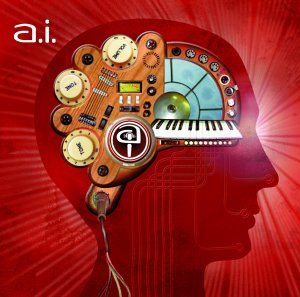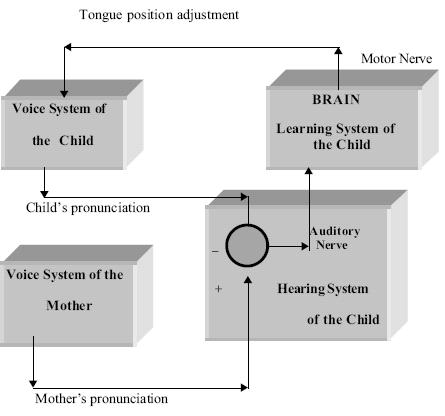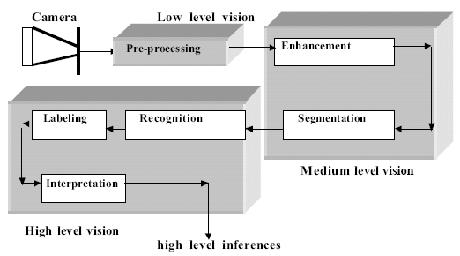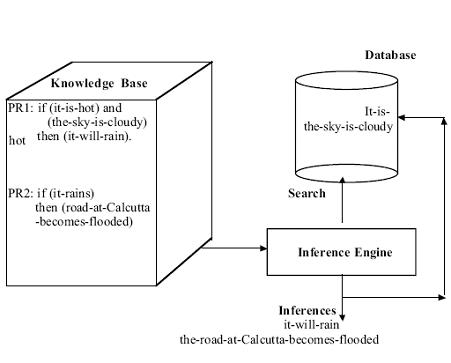Filmmaker and National Geographic Explorer-in-Residence Successfully Completes Dive To Ocean's Deepest Point during DEEPSEA CHALLENGE Expedition
WASHINGTON (March 26, 2012)--Filmmaker and National Geographic Explorer-in-Residence James Cameron descended 35,756 feet (6.77 miles/10.89 km) to reach the "Challenger Deep," the ocean's deepest point located in the Mariana Trench, in his specially designed submersible DEEPSEA CHALLENGER.
The attempt was part of DEEPSEA CHALLENGE, a joint scientific expedition by Cameron, National Geographic and Rolex to conduct deep-ocean research and exploration. Cameron is the only individual ever to complete the dive in a solo vehicle and the first person since 1960 to reach the very bottom of the world in a manned submersible. During the dive, he conducted the first manned scientific exploration of the "Challenger Deep."
The submersible was launched into the Pacific Ocean some 200 miles (322 km) southwest of Guam on Monday, March 26, at 5:15 a.m., local Guam time (Sunday, March 25, at 3:15 p.m., Eastern Time). The voyage down to the "Challenger Deep" took two hours and 36 minutes. Cameron resurfaced at 12 noon local Guam time on Monday, March 26 (10 p.m. Eastern Time on Sunday, March 25). The submersible -- the result of a more-than-seven-year engineering effort -- stayed on the bottom for about three hours as Cameron collected samples for research in marine biology, microbiology, astrobiology, marine geology and geophysics. Cameron also captured still photographs and moving images to visually document the Mariana Trench.
"This journey is the culmination of more than seven years of planning for me and the amazing DEEPSEA CHALLENGE expedition team," said Cameron. "Most importantly, though, is the significance of pushing the boundaries of where humans can go, what they can see and how they can interpret it. Without the support of National Geographic and Rolex, and their unwavering belief that we could successfully make it to the deepest point in the ocean -- and back -- this would not have happened."
"We join the rest of the world in celebrating the exhilarating achievement of Jim Cameron and the DEEPSEA CHALLENGE expedition team," said Terry Garcia, National Geographic's executive vice president of Mission Programs. "In 2012 we are still exploring largely unknown places -- as National Geographic has been doing for nearly 125 years. I'm delighted to say that the golden age of exploration and discovery continues." Details on the expedition can be found at www.DEEPSEACHALLENGE.com; on Twitter by following @DeepChallenge or using #deepseachallenge; or on Facebook at https://www.facebook.com/deepseachallenge.
The "Challenger Deep" has only been reached once before in a manned descent, on Jan. 23, 1960, by then U.S. Navy Lt. Don Walsh -- who is a consultant on the DEEPSEA CHALLENGE expedition and was aboard the expedition ship Mermaid Sapphire during Cameron's successful attempt -- and Swiss oceanographer Jacques Piccard in the bathyscaphe Trieste. Walsh and Piccard spent about 20 minutes on the ocean floor before returning to the surface.
With breakthroughs in materials and science, unique approaches to structural engineering and new ways of imaging through an ultra-small, full ocean depth-rated stereoscopic camera, Cameron was able to launch the DEEPSEA CHALLENGE expedition, which he hopes will shed light on other virtually unknown deep-water habitats, such as the New Britain Trench and the Sirena Deep.
Cameron's CAMERON | PACE Group, which supplies 3-D technologies /and production support services, provided the capability to document today's historic dive in high-resolution 3-D.
In 1960, an experimental Rolex Deep Sea Special watch was strapped to the hull of the Trieste and emerged in perfect working order after withstanding the huge pressure exerted nearly 7 miles (nearly 11 km) below the surface. The DEEPSEA CHALLENGER submersible today carried a new, experimental wristwatch, the Rolex Deepsea Challenge, attached to the manipulator arm, renewing the pioneering engineering challenge the Swiss watchmaker took up 52 years ago.
"Rolex warmly congratulates James Cameron and the DEEPSEA CHALLENGE expedition team for their successful dive into history, in the vanguard of a new and exciting era of marine exploration," said Gian Riccardo Marini, Chief Executive Officer of Rolex SA. "The achievement is a product of their passion, courage, skill and the highest standards of excellence and innovation in advancing human knowledge. We are delighted to be part of DEEPSEA CHALLENGE, perpetuating half a century of tradition in deep-sea diving."
Two of Cameron's passions -- filmmaking and diving -- blend in his feature and documentary films. While working on "Titanic," he took 12 submersible dives to the famed shipwreck two-and-a-half miles down in the North Atlantic. The technical success of that expedition led Cameron to form Earthship Productions, which develops films about ocean exploration and conservation. Since then he has led six expeditions, authored a forensic study of the Bismarck wreck site and done extensive 3-D imaging of deep hydrothermal vent sites along the Mid-Atlantic Ridge, the East Pacific Rise and the Sea of Cortez. Cameron has made more than 70 deep submersible dives, including a total of 33 to Titanic. Fifty-one of these dives were in Russian Mir submersibles to depths of up to 3.03 miles (4.87 km).
The DEEPSEA CHALLENGE expedition is being chronicled for a 3-D feature film for theatrical release on the intensive technological and scientific efforts behind this historic dive -- which will subsequently be broadcast on the National Geographic Channel -- and is being documented for National Geographic magazine. Cameron also will collaborate with National Geographic to create broad-based educational outreach materials.
Additional major funding for the 3-D feature film, education and digital outreach has been provided by the Alfred P. Sloan Foundation, which supports original research and public understanding of science, technology, engineering and mathematics.
Scripps Institution of Oceanography, UC San Diego, is the DEEPSEA CHALLENGE's primary science collaborator. For nearly a decade, Scripps has been involved with Cameron in developing new ways to explore and study the deepest parts of the oceans. With its decades-long history of deep-sea exploration, Scripps is recognized as a world leader in investigating the science of the deep ocean, from exploring the deep's geological features to researching its exotic marine life inhabitants.
The expedition also is collaborating with the University of Hawaii, Jet Propulsion Laboratory and the University of Guam.
Permits for the "Challenger Deep" research were secured from the Federated States of Micronesia. The majority of the Mariana Trench is now a U.S. protected zone under a 2009 proclamation by President George W. Bush that established the Marianas Trench Marine National Monument and gave management responsibility to the U.S. Fish and Wildlife Service in consultation with the National Marine Fisheries Service. The U.S. Fish and Wildlife Service issued permits for dives in the U.S. areas of the trench.



















